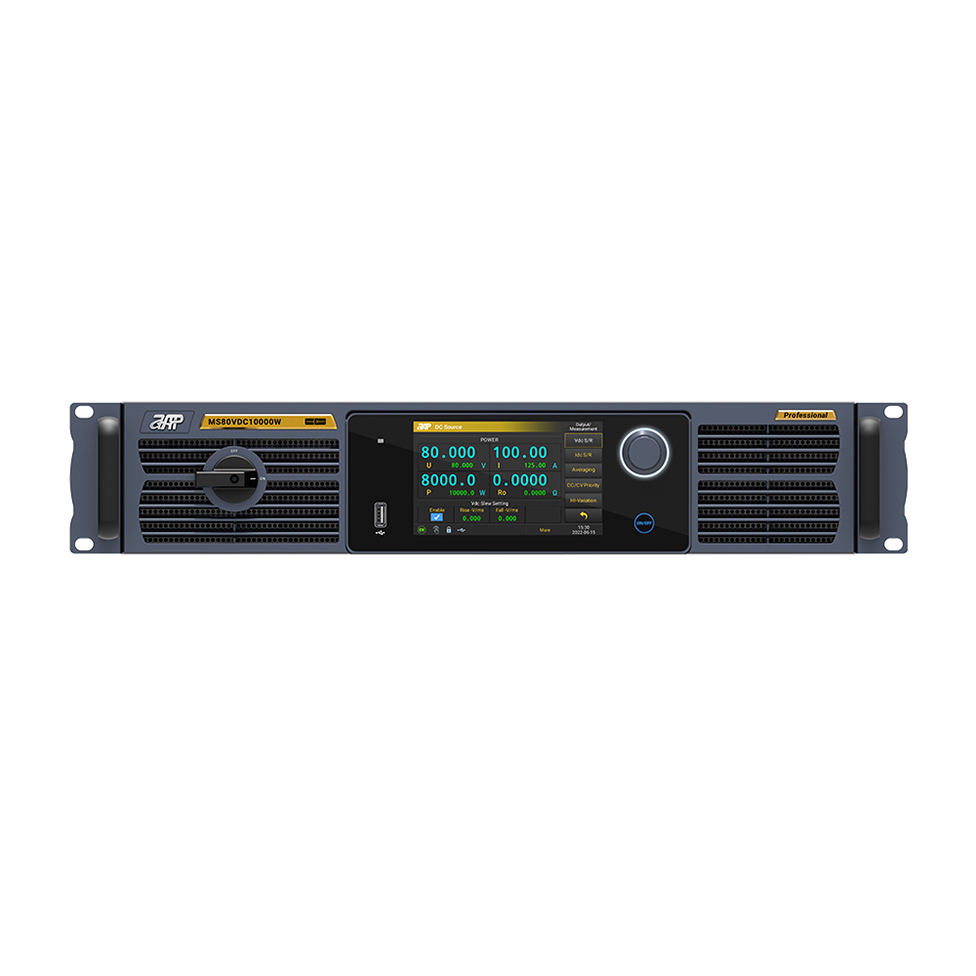A DC Power Supply is a device that provides stable DC power to various electronic devices. In modern electronic systems, DC Power Supplies are ubiquitous, and they play a vital role in laboratory testing, production lines, communication systems, and many other applications.
Direct current (DC): Direct current refers to the flow of current in a circuit in only one direction, and the voltage remains constant. In contrast to alternating current (AC), DC does not require periodic changes.
Output voltage and current: The main function of a DC Power Supply is to provide stable DC voltage and current. The output voltage determines the operating voltage of the circuit, while the output current determines the load capacity of the power supply.
Types of power supplies
Linear power supplies
Linear power supplies use transformers to step down the AC voltage, and then convert it to DC voltage through rectification and filtering circuits. Linear regulators further regulate the voltage to provide a stable output.
Advantages: Stable output voltage and low noise. Suitable for applications that require high-precision power supply, such as laboratory testing and sensitive electronic equipment.
Disadvantages: Low efficiency because excess electrical energy is dissipated as heat. Large size and heavy weight.
The switching power supply converts the input voltage into a high-frequency signal through a high-frequency switching element, and provides a stable DC voltage after a transformer and rectification filter.
Advantages: high efficiency and low energy loss. Small size, light weight, suitable for portable applications.
Disadvantages: Electromagnetic interference (EMI) may be generated, and applications that require noise and stability of the power supply may not be suitable.
The design is complex and may require more interference suppression measures.
Main parameters
Output voltage and current
The output voltage and current are the most basic parameters when selecting a power supply. The power supply must be able to provide voltage and current that meet the load requirements.
Ripple and noise
Ripple refers to the periodic change of the output voltage, and noise refers to random voltage fluctuations. High ripple and noise may affect the performance of electronic equipment, especially in applications with strict power requirements.
Load regulation rate
The load regulation rate refers to the change in the output voltage of the power supply when the load changes. A lower load regulation rate means that the power supply can maintain a stable voltage under different loads.
Voltage regulation accuracy
The voltage regulation accuracy is the accuracy with which the power supply can maintain the set output voltage. High voltage regulation accuracy ensures the stability and reliability of the power supply output.
Application Scenarios
In laboratory environments, DC power supplies are used to provide stable power to various electronic circuits and devices for testing and debugging.
On production lines, DC power supplies are used to test electronic products to ensure that they function properly.
Many battery chargers use DC power supplies to provide appropriate charging voltage and current to ensure safe and effective charging of batteries.
Communication equipment requires stable power to maintain stable signal transmission, and DC power supplies are essential in such applications.
Selection criteria
High stability and low ripple are essential for many precision applications. Selecting a power supply with good output stability can improve the performance and reliability of the equipment.
Select the appropriate power capacity according to actual needs to avoid overloading the power supply during use. Make sure that the rated power of the power supply is greater than the actual power required.
Including overload protection, short circuit protection, and overtemperature protection. Safety functions can protect the power supply and load from damage.
Common Problems
Output voltage is unstable
Possible reasons include load changes, internal power supply faults, or design problems. Check the power supply settings and load conditions, and repair or replace if necessary.
Overheating problems
Long-term high load or poor heat dissipation may cause the power supply to overheat. Ensure that the power supply's cooling system is functioning properly and avoid prolonged high-load operation.
Power supply noise
Switching power supplies may generate electromagnetic interference that affects the stability of the output voltage. Use appropriate filters and shielding measures to reduce noise.
Maintenance and care
Regularly check the power supply's connections, cooling system, and other components to ensure they are functioning properly. Avoid prolonged overload use.
Regularly clean the inside and outside of the power supply to remove dust and other contaminants to maintain good heat dissipation performance.
Regularly calibrate the power supply to ensure the accuracy of its output voltage and current. Ask professionals to calibrate and repair when necessary.
The above content covers the main aspects of DC power supplies, from basic concepts to application scenarios, selection criteria, and maintenance. I hope this information will help you understand and use DC power supplies. If you have more specific questions or areas that need to be explored in depth, please continue to communicate!



